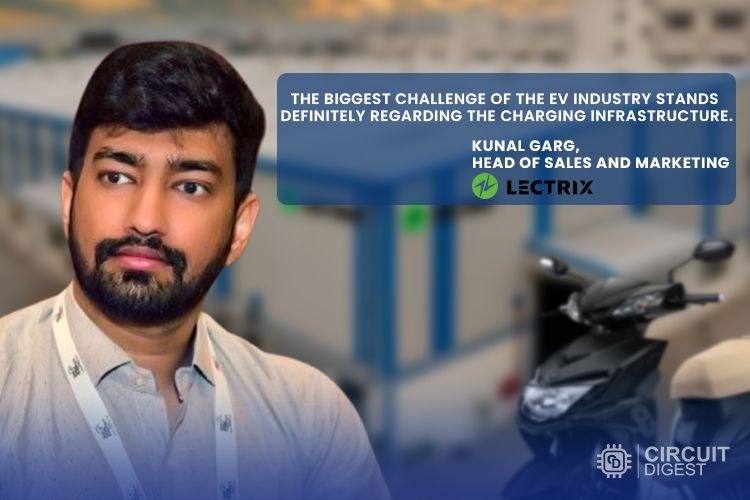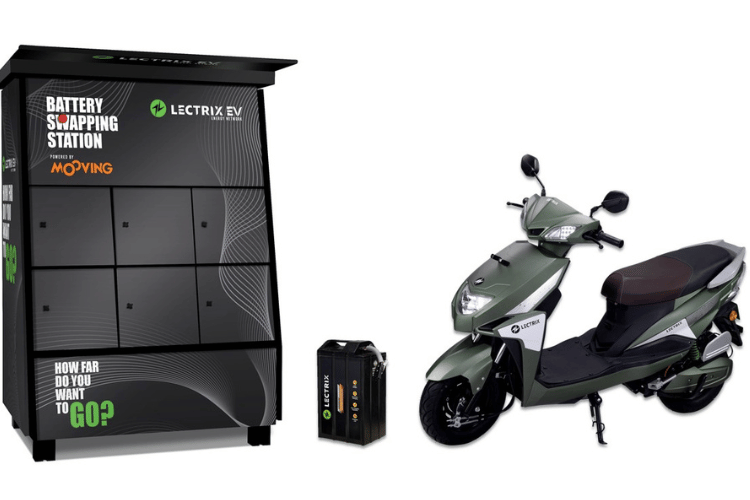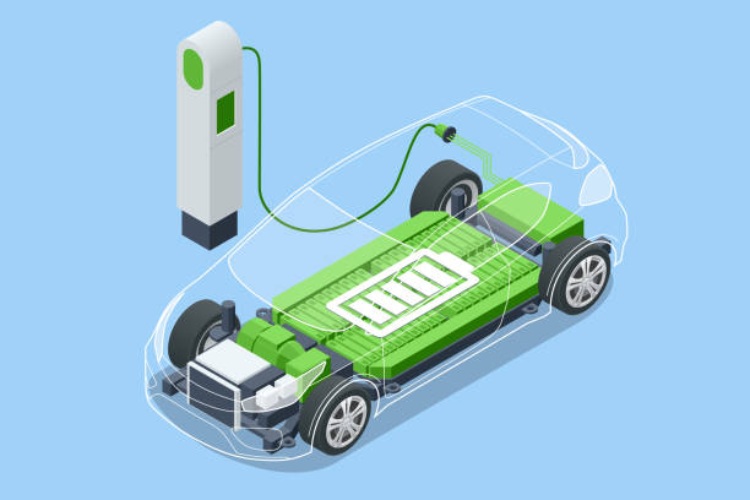
For the past couple of years, the government of India has been undertaking strenuous efforts to magnetize investments from global tycoons such as Tesla to establish their operations in the country. Taking opportunities of the slowdown in the EV market in key regions like EU and USA, and the geopolitics scuffles with China is expected to make India a key global manufacturing hub in this sector. In an effort to bolster the ecosystem, the union government has also allocated Rs 2671.33 crore for FAME III scheme and introduced a new EV policy, dubbed Electric Mobility Promotion Scheme (EMPS 2024), which targets 30 percent of new vehicle sales to be electric by 2030 with an outlay of Rs 500 crore. Speaking about the growth in the industry, the sales is expected to increase around 66 percent this year. But, amid this optimistic scenario, the industry is still surrounded by grave challenges like lack of customer education, range anxiety, inadequate charging infrastructure, and numerous others. In this regard, we spoke exclusively with Kunal Garg, Head of Sales and Marketing at Lectrix about the emerging opportunities in this industry, and how the nation is poised to spearhead the global value chain.
Q. Do you think the Indian EV industry is growing at a rapid scale when compared to China and other countries? Currently, where do you paint the growth picture?
The EV industry in India has been growing at an unprecedented pace over the last four or five years. And if you see the last year, the penetration of the total two-wheeler that is being sold in the country is almost around 1.5 crore two-wheelers. And currently the EV two-wheeler stands at around 8 to 10 lakhs, which is across 7 to 8 percent of the market penetration right now. Now, if you compare it with last financial year, it was around 5 percent, which was 2 to 3 percent a year back. So, every year the penetration is increasing. We have gone from 2 to 3 percent from 2002 to around 6 to 7 percent in 2023.
So, it's clear that the penetration of the EV is increasing. Now talking about the current landscape, there are multiple OEMs that have come up. But you see that the major players who have entered the market are larger organizations. Therefore, they have hardly scratched the surface as such. There are old legacy players in the market like Hero, Bajaj, and TVS and new-age players like Ola, Ather, Okinawa etc. There are three to four players like Lectrix, Ampere, Okaya who are also putting up a tight or strong contention. We also have the right product, and we are also here to compete in the market. Then there are a plethora of other players in the market that are working in regional or local places and are also doing sufficiently well at that local level, but they don't have that much of a pan-India presence as of now.
Q. The scenario is proving to be optimistic for the Indian EV industry, there are loads of challenges and loopholes in the industry since the pandemic. What are the impediments and solutions?
The market has already come from five percent to eight percent this year, which is going to escalate further by ten percent penetration. There is almost 66 to 70 percent increment YoY. The industry is still in the nascent stage, but a lot of innovation is happening at the R&D level, but it is yet to get commercialized. Speaking about competition, there is a huge player who is yet to enter in this segment, which is Honda. The company's Activa series has 30 percent market share. Now, imagine, if this big daddy enters the EV segment, it will be massive boost. From the product portfolio standpoint, people do not have many options in the two-wheeler segment.

The biggest challenge of the EV industry stands definitely regarding the charging infrastructure. Because if you see a person who buys a two-wheeler is mostly a middle-class person or lower middle-class person who lives in a very crowded area right who doesn't have a balcony in place wherein, they can take their scooter and charge at home. Most people at least in metro cities live in areas like multi-story buildings or they are living in very congested areas wherein they park their scooter somewhere else, and they live somewhere else. In these scenarios, public charging infrastructure becomes very important. Now, the OEMs started providing innovative solutions like providing portable batteries by which you can just remove the battery from the scooter and then take the battery to your home and charge it. Lectrix is also doing a lot of innovation in this regard. We have around 100 charging stations deployed in Bangalore and Delhi where customers don't need to charge their vehicle like in the petrol point. They can just go to any of the swapping stations and just swap their battery.
Q. Do you think the current policies are sufficient to boost the industry? Do you have any special message to the government to highlight any loophole?
The government has been on the forefront of leading the EV landscapes in the country because if you see the policies have played an instrumental role particularly the Fame 1, 2, and 3. The EMPS policy that came for 2024 was also mandatory. The subsidies have been reduced to 10,000 per vehicle now from 15,000 earlier and before that it was 30,000. Because of the government's subsidy, the industry saw its peak wherein in the month of March itself the industry saw a peak of 1.2 lakh scooters being sold. The industry grew from 70 to 75,000 to 1.2 lakh that's almost a 50% increment right, more than 50% increment in a month right and now the government has come up with an EMPS policy. There is one loophole wherein the government should work upon and standardize the GST across the full vehicle with battery and separately the battery.

Q. Do you think the weight, touch, feel, and the sturdiness of EV could offer an additional challenge to the industry? How can you solve it?
Currently, the innovation and the products are at a level over the last 10 years of engineering I would say and it's for both two wheelers and four wheelers, I think. And it's not that heavy and it's not giving any sound while driving. There is a very small section of people or a small section of customers who are looking for something like this. Because if you ask me people who buy a two-wheeler, they buy a two-wheeler from more from an economic standpoint that it is cheaper. It's a very specific niche in the market wherein they need a scooter for an adventurous purpose, or they need a bike for an adventurous purpose. There are companies coming up with a lot of new products. We have companies across who are building easy adventurous bikes.
Q. Can you please highlight why and when Lectrix was formed? What are your current business strategies and mission?
So, for electric, we are not a very typical OEM. Lectrix comes from a legacy of batteries itself because it's a part of SAR Group. which have around 30 years of experience in batteries. To start with, we were the founders of Luminous. So, we have built household brands in the market over the last 30 years. So one is that electric comes from that pedigree of legacy for batteries. We believe in providing mobility solutions to the people that will make EV adoption easier. One of the key differentiating factors is that we are not just manufacturing two wheelers, we also have staffing stations. We know that the subsidy is going to go up sooner or later. So just recently we launched a scooter without battery wherein you can just buy a scooter at half the cost and the battery will be coming on subscription. It removes the risk of battery from the customer, and they can just buy an EV without any hassles of battery and he or she is just taking the battery on subscription for a mere 1500 bucks per month. We are building up custom solutions for these manufacturers. So, we are building up custom solutions for these manufacturers. These fleet operators, these e-commerce companies and these delivery partners because they have a rugged use for vehicles.

